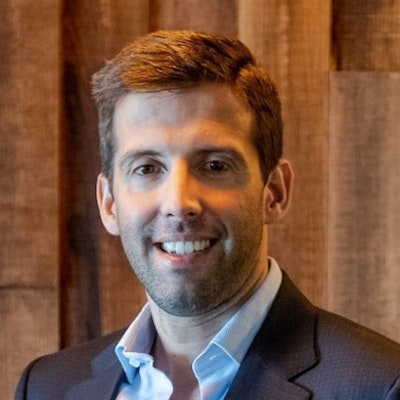
Investing In Professionals to Have New Ways of Operating
Throughout the pandemic, society has transitioned rapidly to a more automated workforce. However, to assume that this change has been made only by technology is a reductionist perspective.
Every year there are new buzzwords and new concepts that influence the investment of organizations. Resources are applied in Information Technology and the implementation begins, but when the time comes for the organization to adjust to the new way of operating, a gap is often identified: the training and transfer of new knowledge to those who will actually use the new solutions on a daily basis. A situation that invariably results in high resistance to change and the continuity of the status quo...
Knowledge is formed in stages, begins with discovery and evolves over time as human beings and communities become accustomed to a new reality and acquire more information about it. This principle applies to our individual daily lives, but also to organizations, whether when a new product is adopted or a new customized solution is implemented.
To accelerate this knowledge transfer often starts in a niche, a small group of ambassadors, more comfortable with novelty and uncertainty, who will experiment and acquire more information, until they become fully comfortable with the new status quo and are able to evangelize the more sceptical; a process that goes on until the change phase reaches maturity. This process of developing new competencies can be seen in the light of the well-known Wardley Map: an illustrated, very visual scheme that puts the user and his intended benefits at the centre of any evolution to develop a process of change, step by step, from the stage of uncertainty to the stage of mass usage.
To demonstrate the usefulness of this way of preparing for change, I will cite the example of an international insurance company that was looking to redesign the way it communicated with its agents. What might seem at first glance to be a matter of form, turned out to be also a matter of technological and economic basis, which could have a major impact on the business. A finding that resulted from the exercise of putting information from the entire context at the centre of the change and identifying all the variables that could influence the outcome. This analysis allowed the insurer to implement a new end-to-end digital platform to support its agents, which was quickly and widely adopted due to a change management process with all agents that included training, communication and phased implementation of the solution until it became their main work tool. A project that resulted from the cooperation between several transformation specialists with different competencies.
It is clear to everyone that technology will continue to change the way we work and live, but the big challenge is not the technology itself; it is how it is adopted by society and organizations. In a time of transformation like the one we live in; it is our responsibility to leave no one behind and continue to train the skills of the future.
Subscribe to Our Newsletter
Get the latest insights about Global solutions for leading insurers on your email



